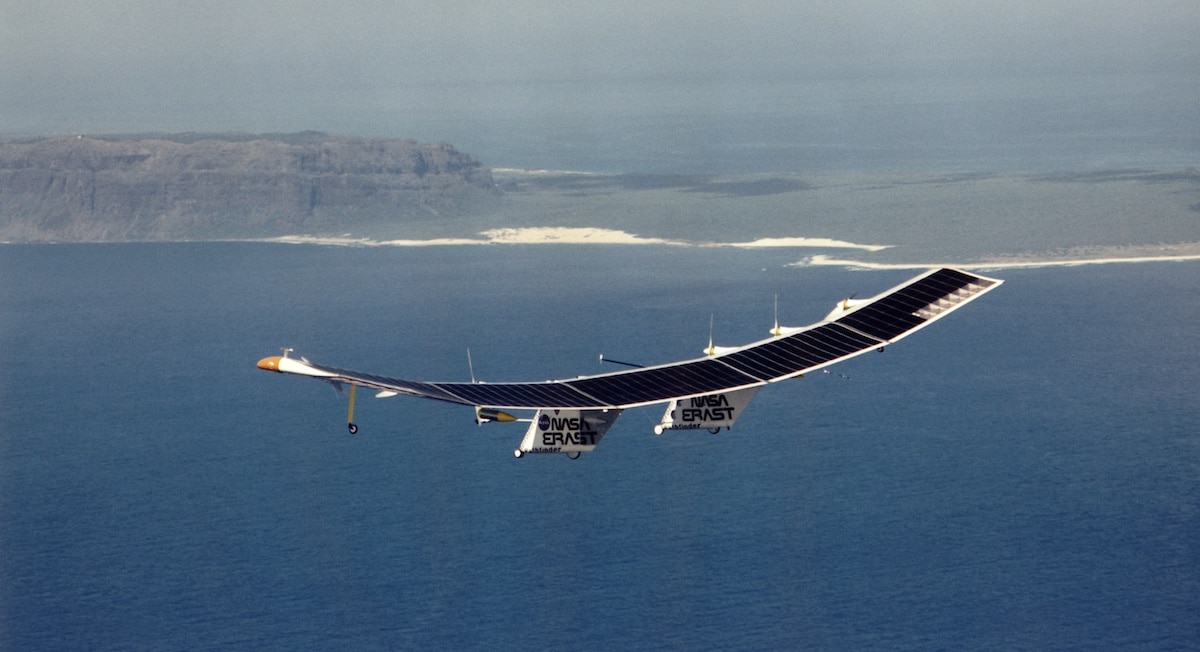
What are high-altitude pseudo satellites?
High-altitude pseudo satellites, or HAPS, are unmanned air vehicles that can hold a fixed position. They could be airplanes, airships or balloons.
HAPS operate in the stratosphere, closer to Earth than many satellites but further up than drones and conventional aircraft. They offer continuous coverage and flexibility.
How does a HAPS vehicle work?
There are a few options for HAPS vehicles. Balloons are the smallest, most lightweight choice, requiring the least power but offering the least control. Fixed-wing vehicles, more like planes, provide more precision. Airships are larger and more precise. The more extensive a HAPS vehicle gets, the more operational complexity is involved.
These HAPS vehicles can be categorized in two ways. The lighter-than-air (LTA) HAPS vehicles rely on buoyancy to lift off and stay afloat. Heavier than air (HTA) HAPS are fixed-wing aircraft-type vehicles with a more conventional take-off method.
HAPS fly or float, depending on whether they are free-floating balloons, airships, or powered fixed-wing aircraft. Powered HAPS vehicles may use solar power or onboard energy such as a battery. All HAPS vehicles are controlled from the ground.
How is a HAPS vehicle different from a satellite or an airplane?
HAPS vehicles can be considered the missing link between satellites and airplanes. They are unmanned, like a satellite, but can be controlled to stay in one position, which a satellite cannot do. They can fly continuously for longer extended periods than an airplane.
Unlike a satellite, the HAPS vehicle is typically focused on what is known as a persistent local mission (PDF) — a purpose that extends to a specific area with non-stop needs. And, unlike an airplane, HAPS vehicles are autonomous, except that they can be landed and taken off for maintenance and adjustments.
Are HAPS vehicles safe?
Like any Unmanned Aerial Vehicles (UAV), HAPS vehicles need to be safe. They follow many of the same protocols as human-crewed aircraft, such as sense and avoid capability. Unlike drones and conventional aircraft, HAPS vehicles have the additional benefit of flying higher, making mid-air collisions less likely, thus less dangerous.
Benefits of using a HAPS vehicle
HAPS vehicles don’t require a launch vehicle and can move under their power or remain stationary, an advantage over many other aircraft and UAVs. As previously noted, they can also be landed as easily as they take off, allowing for easy maintenance and payload configuration.
HAPS vehicles can provide almost complete geographical coverage with lower latency than satellites, which means greater connectivity than a satellite can offer.
Finally, HAPS vehicles can be powered with affordable, renewable technology. This could be solar, batteries/fuel cells, or a combination.
What are the current and target applications for HAPS vehicles?
Search and rescue missions
HAPS vehicles travel closer to the earth than satellites but can loiter locally more readily than other aircraft. This means that they are excellent tools for observation, including search and rescue missions.
Disaster relief
HAPS vehicles can offer live situation reports and even replace failed communication networks, making them ideal for disaster relief. Interlinked HAPS vehicles offer potential advantages as they can provide services with minimal ground network infrastructure, which is ideal when a disaster is unfolding or expected to occur.
Environmental monitoring
Continuous, real-time monitoring of environmental areas is critical to protect against natural and human threats. Be it fire, flooding, poachers or other illegal activities; many things can happen without a watchful eye, especially in challenging terrain or when there is a lack of available human resources.
HAPS vehicles can fill in the gaps for environmental monitoring with a continuous flow of data with low latency. HAPS vehicles can cover a vast area, scanning, detecting, and tracking concerns. Any issues can be sent to a ground team, who can move in or take action.
Agriculture
HAPS vehicles work much like drones for agriculture, allowing monitoring and management. They again offer real-time information with reliable imagery and low latency, ensuring crops are as productive as possible.
Maritime monitoring
HAPS vehicles are vital for surveillance, including maritime monitoring. As outlined above, they can be used for pollution monitoring, vessel detection, and search and rescue missions.
Military intelligence
HAPS vehicles can do much for the military beyond search and rescue and maritime monitoring applications. HAPS vehicles can collect a lot of data, which along with their wide range and high altitude, can allow for military surveillance and reconnaissance.
What are the current limitations to using HAPS vehicles?
Like many other technological innovations, HAPS vehicles rely on increasingly efficient batteries and solar cells to be viable. Along with that, manufacturers and researchers have struggled with keeping some HAPS vehicles in the correct location. Aircraft HAPS vehicles can face similar problems and only support a small payload with limited electric power.
More robust, better batteries are one key to unlocking the potential of HAPS vehicles. These batteries must be as lightweight as other HAPS vehicle materials, creating more room for payload and using less energy to stay afloat.
Outside of technology, there are other challenges to HAPS development and operation. These include the need for international HAPS regulations so these vehicles can fly in the stratosphere. Most test flights have occurred in specific, individual countries. HAPS vehicles also need global meteorological data to fly well, navigating both the troposphere and stratosphere.
What type of battery technology is used in HAPS vehicles?
HAPS vehicles require high-energy batteries that allow longer mission times and higher payload capacities. Many work with photovoltaic cells on the aircraft, which recharge the batteries, enabling more time in the air.
Why are energy-dense batteries necessary in these vehicles?
An energy-dense battery does more with less weight. This is important for any vehicle, especially a HAPS vehicle that requires energy for essential functions like landing and positioning and energy to survey or collect information far away from the ground. The lighter the battery, the less the weight burden, allowing for longer flight times and reliable power.
Role of Amprius in energy density advancements
Amprius is a leader in ultra-high energy density lithium-ion batteries with its Silicon Nanowire Anode Platform. These batteries are already at work in a variety of HAPS vehicles, with a shipment already completed of the first commercially available 450 Wh/kg, 1150 Wh/L lithium-ion battery cells to a HAPS vehicle leader. Amprius has the potential to become a market leader in high performance lithium-ion batteries for transportation industry.
Which companies manufacture HAPS vehicles?
Airbus is one well-known HAPS vehicle manufacturer, with Zephyr models leading the charge.The Zephyr S is a stratospheric vehicle that is designed to fly for months at a time, at an altitude of approximately 70,000 feet. In 2018, after integrating our battery cells into the Zephyr S, Airbus set an endurance and altitude record by flying continuously for over 25 days. We continue to support the Zephyr S program and were presented the 2021 Innovative Supplier of the Year Award by Airbus.
Other manufacturers include AeroVironment Inc., Composite Technology Team, Lockheed Martin Corp., MAG Aerospace, SZ DJI Technology, TAO-Group, Thales Group and The Boeing Co.
According to the Technavio report, the HAPS vehicle market is expected to grow by almost $69 million from 2020 to 2025.
What is the future of HAPS vehicle technology?
Many technology trends impact HAPS vehicles, whether lighter composite materials for composition or artificial intelligence controlling systems.
HAPS vehicle materials impact payload, which we know from battery energy density. As battery manufacturers focus on lightweight, energy-dense batteries, materials manufacturers are looking at composites that reduce weight in the airframe and system components.
As HAPS vehicles get lighter, they get smaller. This means instruments must also get smaller, particularly remote-sensor miniaturization. On the systems side, artificial intelligence may have a role to play with the amount of data a HAPS vehicle can collect. Using automation and AI to parse this data can uncover significant trends and determine decisions.
There is also a focus on connectivity. Over a third of the world’s population do not have internet, and HAPS can provide internet connection. That said, the telecommunication of a HAPS vehicle needs to operate reliably in very harsh conditions. Research into materials with high strength and barrier properties, such as lightweight polymers, will continue to help with stratospheric exploration and connectivity.
